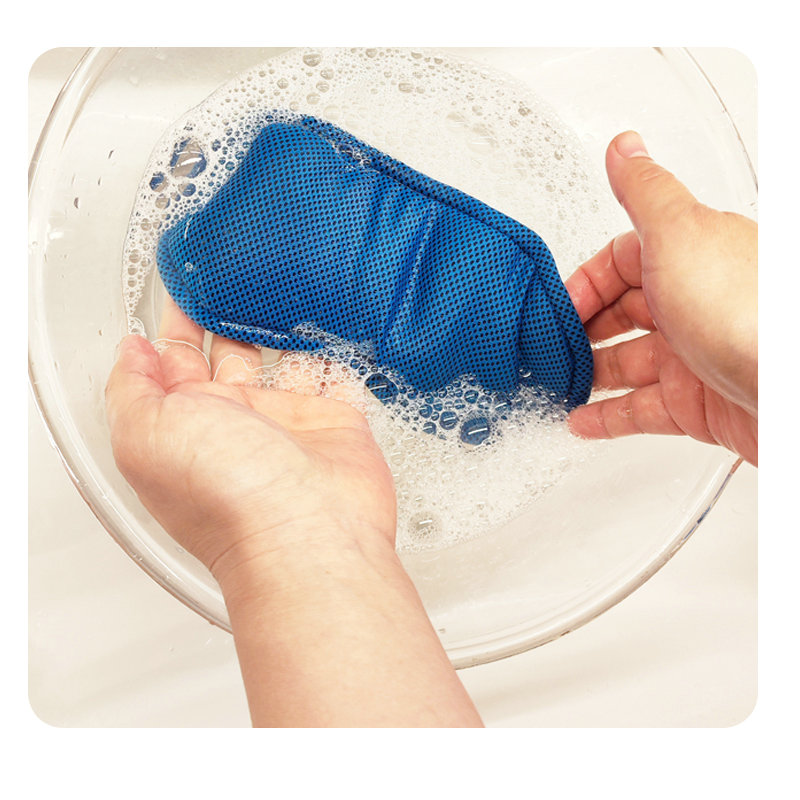The construction of the
Functional Protective Eye Mask, particularly the part covering the eyes, involves the use of specific materials carefully chosen to achieve effective light-blocking. Here's a detailed explanation of the materials commonly employed for this purpose:
High-Quality Polyester or Nylon Fabrics:
Many Functional Protective Eye Masks feature an exterior made of high-quality polyester or nylon fabrics. These materials are known for their durability, flexibility, and ability to block out light effectively.
Multi-Layered Design:
The part of the mask that covers the eyes often consists of multiple layers. These layers work together to create a barrier against light penetration. The choice of materials for each layer may vary, but they collectively contribute to the overall light-blocking effect.
Inner Layer with Light-Blocking Coating:
The innermost layer, in direct contact with the eyes, may have a specialized light-blocking coating. This coating is designed to enhance opacity and prevent light from passing through the fabric. It contributes to creating a dark and comfortable environment for the eyes.
Foam Padding or Cushioning:
Some eye masks incorporate foam padding or cushioning around the eyes. This not only enhances comfort but also contributes to the light-blocking effect by creating a contoured and sealed fit. The foam padding prevents ambient light from seeping in through gaps.
Adjustable Straps with Light-Blocking Lining:
The straps or fasteners used to secure the eye mask in place often have a light-blocking lining. This prevents light from entering through the sides or top of the mask. The adjustability of these straps allows users to customize the fit for maximum light blockage.
Satin or Silk Inner Lining:
The inner lining of the eye mask, which comes into contact with the skin, may be made of satin or silk. These materials are not only gentle on the delicate skin around the eyes but also contribute to a smoother surface that aids in light blocking.
Opaque or Light-Blocking Fabrics:
Manufacturers may choose fabrics specifically designed to be opaque or to have inherent light-blocking properties. These fabrics are often tightly woven to minimize light penetration, ensuring a dark and comfortable environment for the eyes.
Contoured Shape for a Snug Fit:
The shape of the eye mask is carefully contoured to provide a snug fit around the eyes. This contoured design, combined with the choice of materials, helps create a light-tight seal, preventing light from reaching the eyes.
Additional Light-Blocking Elements:
Some eye masks may incorporate additional light-blocking elements, such as a nose bridge or extended side panels, to further minimize light leakage. These elements work in conjunction with the chosen materials to create a comprehensive light-blocking solution.
Breathable and Comfortable Properties:
While prioritizing light blocking, the materials used are often chosen for their breathable and comfortable properties. This ensures that the eye mask remains pleasant to wear, even during extended periods of use.












